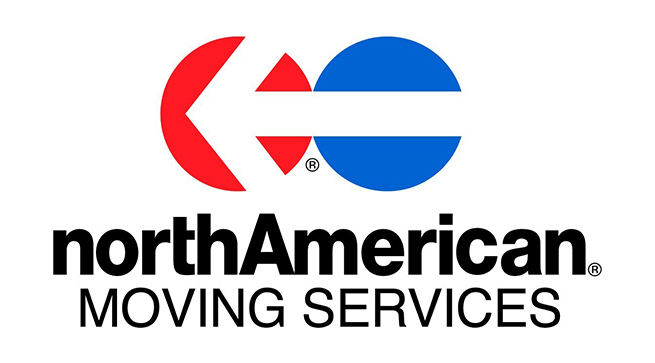“Not everything that is faced can be changed. But nothing can be changed until it is faced.”
James Baldwin
The idea that companies must “delight” their customers has become so entrenched that managers rarely examine it. But ask yourself this as you gaze in to the mirror this morning – how often does someone patronize a company specifically because of its over-the-top service? You can probably think of a few examples, such as the traveler who makes a point of returning to a hotel that has a particularly attentive staff. But you probably can’t come up with many.
Now ask yourself – how often do consumers cut companies loose because of terrible service? All the time. They exact revenge on airlines that lose their bags, cable providers whose technicians keep them waiting, cellular companies whose reps put them on permanent hold, and dry cleaners who don’t understand what “rush order” means.
Here are some oh so common obstacles –Most customers encounter loyalty-eroding problems when they engage with customer service.
56% report having to re-explain an issue –again and again
57% report having to switch from the web to the phone
59% report expending moderate-to-high effort to resolve an issue
59% report being transferred
62% report having to repeatedly contact the company to resolve an issue
Consumers’ impulse to punish bad service—at least more readily than to reward delightful service—plays out dramatically in both phone-based and self-service interactions, which are most companies’ largest customer service channels. In those settings, Wayne’s gut tells http://www.cordmoving.com me loyalty has a lot more to do with how well companies deliver on their basic, even plain-vanilla promises than on how dazzling the service experience might be. Yet most companies have failed to realize this and pay dearly in terms of wasted investments and lost customers.
Service failures not only drive existing customers to defect—they also can repel prospective ones. Again Wayne’s gut says:
25% of customers are likely to say something positive about their customer service experience
65% are likely to speak negatively
23% of customers who had a positive service interaction told 10 or more people about it
48% of customers who had negative experiences told 10 or more others
I define “loyalty” as customers’ intention to continue doing business with a company, increase their spending, or say good things about it (or refrain from saying bad things).
According to conventional wisdom, customers are more loyal to firms that go above and beyond. But again Wayne’s gut www.cordmoving.com says that exceeding their expectations during service interactions (for example, by offering a refund, a free product, or a free service such as expedited shipping) makes customers only marginally more loyal than simply meeting their needs. For leaders who cut their teeth in the service department, like most that are reading this epistle this morning, this is an alarming finding.
One reason for the focus on exceeding expectations is that fully 80% of customer service organizations use customer satisfaction (CSAT) scores as the primary metric for gauging the customer’s experience.
I think the picture gets bleaker still. Although customer service can do little to increase loyalty, it can (and typically does) do a great deal to undermine it. Customers are four times more likely to leave a service interaction disloyal than loyal.
Another way to think about the sources of customer loyalty is to imagine two pies—one containing things that drive loyalty and the other containing things that drive disloyalty. The loyalty pie consists largely of slices such as product quality and brand; the slice for service is quite small. But service accounts for most of the disloyalty pie. We buy from a company because it delivers quality products, great value, or a compelling brand. We leave one, more often than not, because it fails to deliver on customer service.
We must make it easy but typically we don’t. When it comes to service, companies create loyal customers primarily by helping them solve their problems quickly and easily. Armed with this understanding, we can fundamentally change the emphasis of customer service interactions. Framing the service challenge in terms of making it easy for the customer can be highly illuminating, even liberating, especially for companies that have been struggling to delight. Telling frontline reps to exceed customers’ expectations is apt to yield confusion, wasted time and effort, and costly giveaways. Telling them to “make it easy” gives them a solid foundation for action.
The immediate mission is clear for me anyway, Corporate leaders must focus their service organizations on mitigating disloyalty by reducing customer effort. But service managers fretting about how to reengineer their contact centers—departments built on a foundation of delighting the customer—should consider this: A massive shift is under way in terms of customers’ service preferences. Although most companies believe that customers overwhelmingly prefer live phone service to self-service, but the most recent data provided by the University of Michigan shows that customers are, in fact, indifferent. This is an important tipping point and probably presages the end of phone-based service as the primary channel for customer service interactions. For enterprising service managers, it presents an opportunity to rebuild their organizations around self-service and, in the process, to put reducing customer effort firmly at the core, where it belongs.

